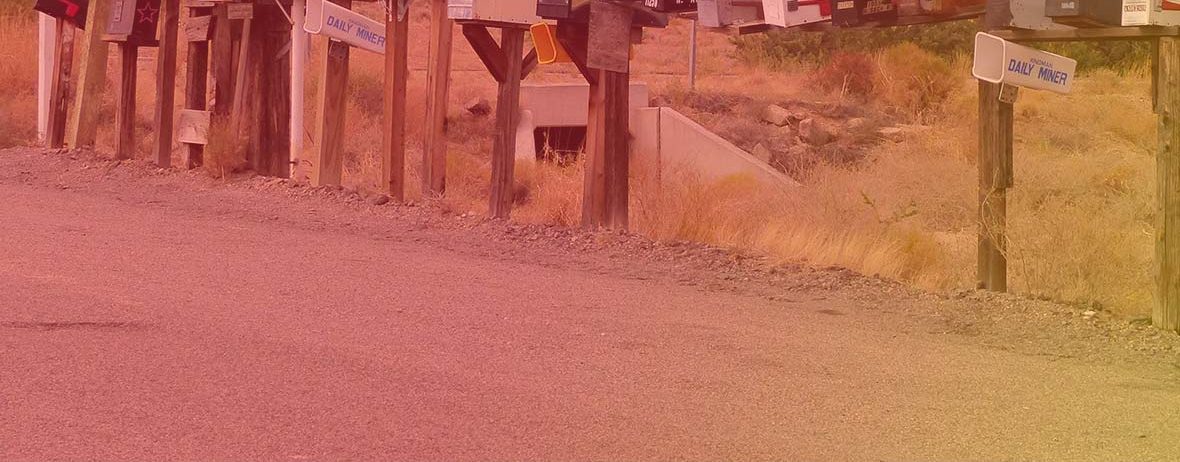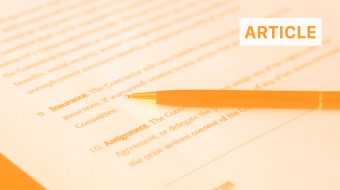A crisis is the best time to test the maturity of your CRM marketing.
Indeed, faced with adversity, as we all were this past year, we can consider two ways forward:
- A compensation of business losses, real and projected, through higher volumes of emails sent.
- A resilient approach, where losses are acknowledged and inform an adapted marketing strategy.
In the first case, marketers usually resort to the batch & blast approach, which is exactly what we try to advise against at Tinyclues.
Indeed, too many emails, often untargeted, lead to persistent customer fatigue.
And customer fatigue has a cost for your business.
By over soliciting your customer base, you risk eroding trust, leading to unsubscribes.
In other words, you could literally lose clients!
As the last post in a series of articles on unsubscribe rates, I’d like to take you through how much your unsubscribes can count for your business.
As you’ll see, even a small unsubscribe rate can sometimes equal big money lost 💸
We’ll go over:
- How big is your small unsubscribe rate?
- What is the cost of email fatigue?
- Resilient Marketing against email fatigue
How big is your small unsubscribe rate?
In a previous article, I explained how unsubscribe rates always seem low.
Indeed, we’re talking about fractions of percentages, which can make them seem insignificant. This lures many marketers into believing that the “fatigue is under control” and “unsubscribe rates are stable.”
Even low unsubscribe rates, on average at 0.1%, can equal a significant number of customers over the course of a year.
Let’s take a database of 2 million opt-in users as an example, running 4 campaigns per week.
If a full-base campaign drives 0.1% unsubscribes out of this 2M list, that’s 2,000 customers who will no longer receive emails as a result of that one campaign.
You can see that after only 3 months, and 4 weekly campaigns, you will have lost 7 percent of your customer base—more than 130,000 customers!
Each of these customers represents a certain value, calculated by the Customer Lifetime Value.
Measuring unsubscribe rates without attaching revenue to them will not help you realize the loss in future revenue resulting from an opt-out.
You get half of the picture, but only the prettier half.
You have no other option: you have to integrate your unsubscribe rate into your revenue projections for them to be relevant.
Let’s have a look at how this cost should ideally be calculated.
What’s the cost of email fatigue?
Sometimes, numbers speak louder than words.
Let’s take a fictitious company.
Their marketing department would consider the average revenue that an opted-in customer, receiving weekly messages, would drive over 12 months.
They would model, for each unsubscribe, how much revenue was lost over the 12 months following the unsubscribe.
Let’s say that number was $200. Email is a big driver of traffic in their business.
If a campaign drives 0.1% unsubscribes out of a list of 3 million users, that’s 3,000 customers that can no longer receive emails as a result of that one campaign.
In our example above, that would represent 3,000 * $200 = $600,000 of future revenue loss, as a direct result of a single campaign.
That is pretty substantial!
If there were a way to decrease that rate from 0.1% to 0.07%, without any loss of revenue, that would save 900 unsubscribes — or $180,000 in future revenue.
Compensating with constant investments in acquisition is not the way to go either — it leads to having to pay to win back a portion of the customers you have already lost!
You’d be trapped in the evil loop of spamming.
Resilient marketing against email fatigue
To wrap this up and close off the series, I’d like to share with you some thoughts on the notion of “resilient marketing,” which has been on my mind for some time now.
I am not sure resilient marketing is a thing yet, but I’m convinced it has a lot of potential to help better adapt to difficult situations and build more respectful marketing strategies.
Resilience is a sign of maturity, manifested in a few key facts:
- The total acceptance of business downturns, and temporary lower revenues
- A sense of caring for customers, manifested in thoughtful offers, and valuable content
- An understanding that short-term losses might mean longer term gains
If applied, these principles all defy batch & blast approaches and favor a more targeted, thoughtful approach to consumer marketing.
To me, the issue might come from how success is measured.
Marketers are almost always evaluated on the revenue and engagement they drive now, not on how much fatigue they avoid, nor how much future revenue they contribute to today.
Unfortunately, since the unsubscribe rate is the only “fatigue metric” immediately available in most email campaign tools, it has naturally become the default indicator of how much fatigue is experienced in a given campaign.
Being most often misunderstood, the unsubscribe rate has become a useless KPI, that can lead to strategic errors if taken literally.
I advocate for a turn to resilient marketing, and more sustainable CRM practices.




